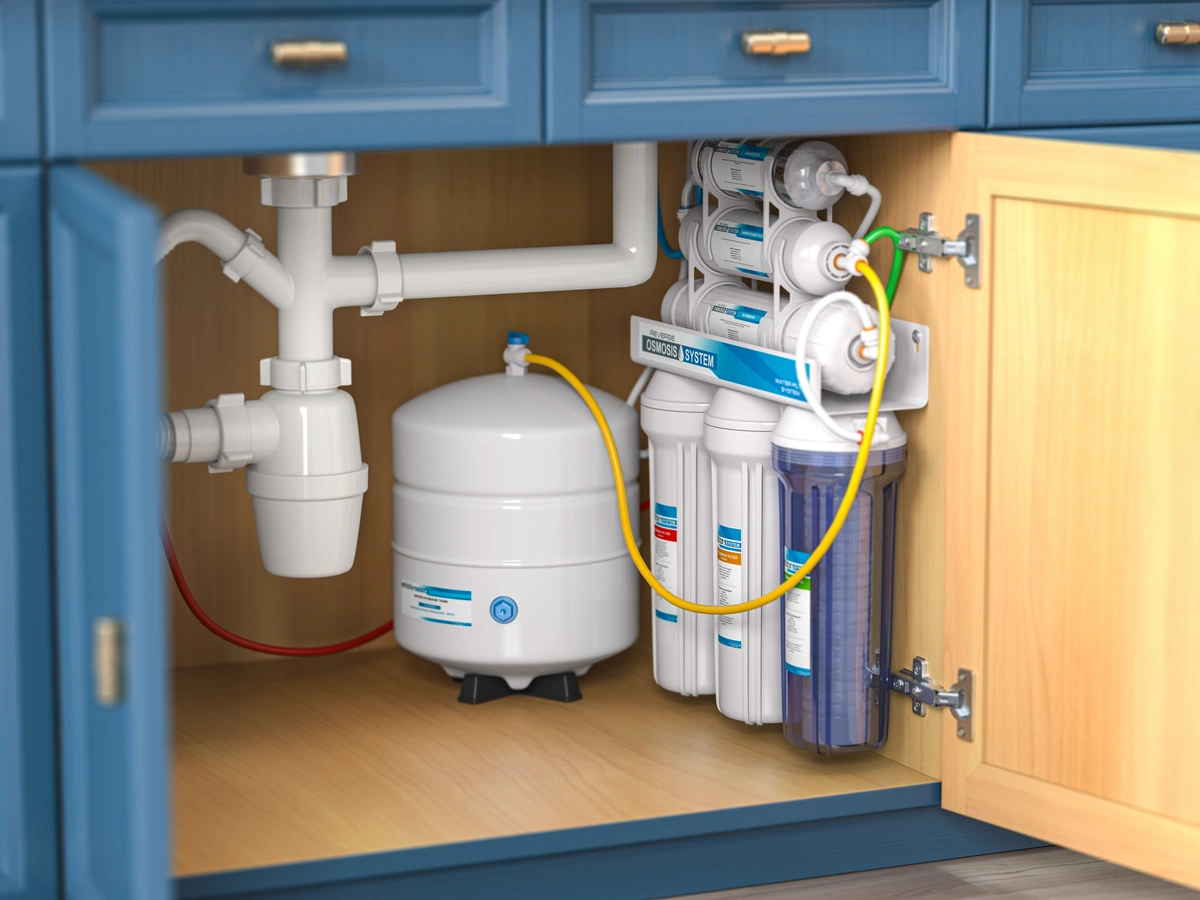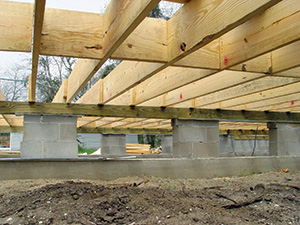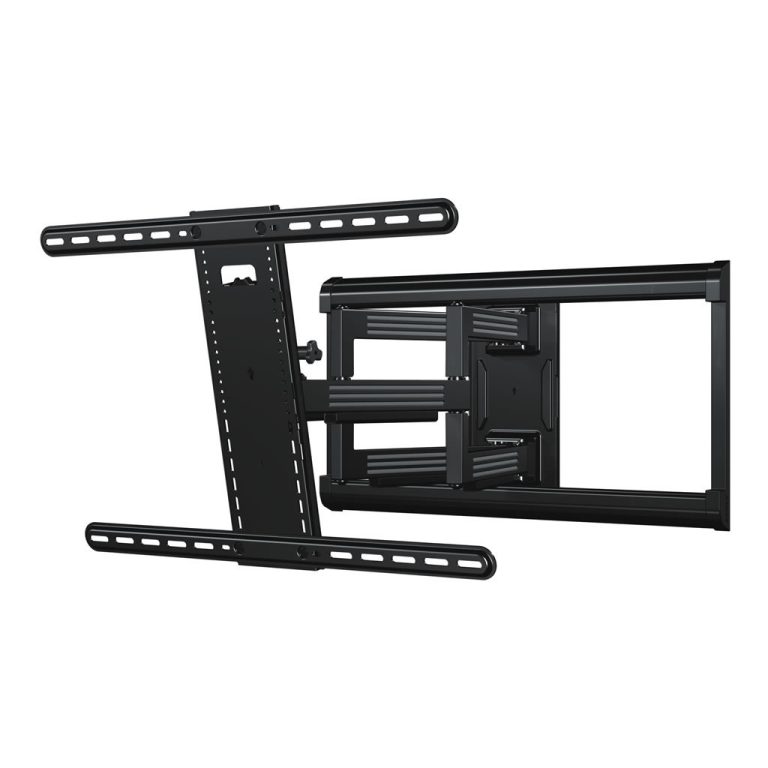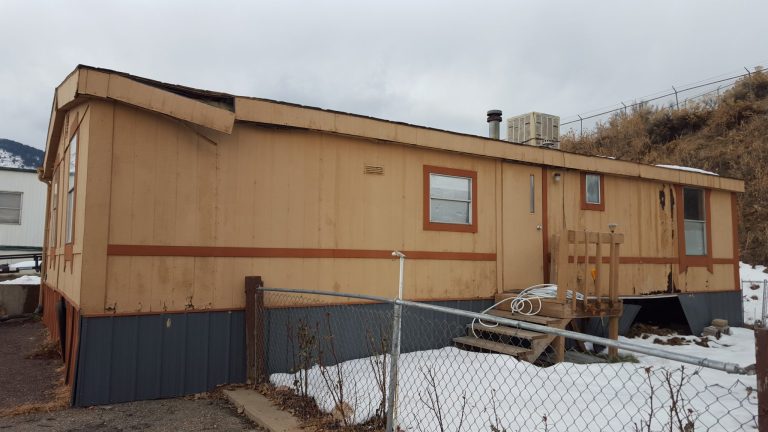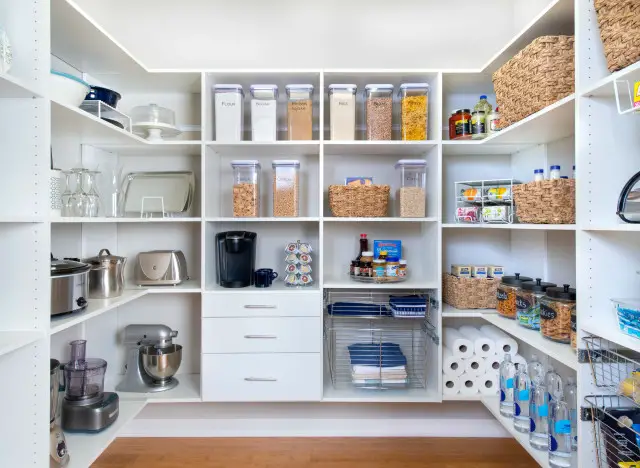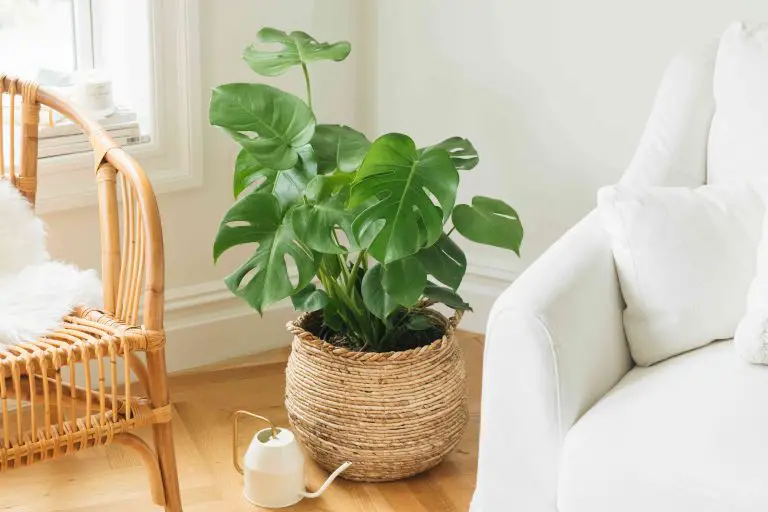Can You Install A Reverse Osmosis Filter By Yourself?
Yes, you can install a reverse osmosis filter by yourself. Reverse osmosis is a process that uses a semi-permeable membrane to remove impurities from your water. Installing a reverse osmosis filter is relatively simple and can be done by anyone with basic DIY skills. It typically requires just a few tools, and the filter itself will come with detailed instructions on how to install it. By installing a reverse osmosis filter, you will be able to enjoy clean, safe, and great-tasting water right in your own home.
What is a Reverse Osmosis Filter?
Reverse Osmosis (RO) filters are a type of water filtration system commonly used in households and businesses. This technology uses a semi-permeable membrane to remove contaminants from water, leaving behind clean and safe drinking water. The process works by pushing water through the membrane, trapping contaminants on the other side. It is an effective way to reduce the presence of hazardous materials in your drinking water, such as lead, chlorine, fluoride, and bacteria. But before deciding to install a reverse osmosis filter in your home, it’s important to understand the basics of how it works, what it can filter out, and if you should do the installation yourself.
Benefits of Installing a Reverse Osmosis Filter
Installing a reverse osmosis filter in your home can provide numerous benefits and is becoming an increasingly popular choice amongst homeowners and renters alike. A reverse osmosis filter can provide an effective way to reduce contaminants and improve the overall taste and quality of your water. It can also help to reduce the amount of sediment, chlorine, heavy metals, and other contaminants found in your water. It’s important to note, however, that it’s not a one-size-fits-all solution. Depending on your needs, you may require a more specialized filter system.
When considering whether or not to install a reverse osmosis filter, it’s important to weigh the pros and cons. The main benefit of installing a reverse osmosis filter is that it can effectively reduce contaminants from your water supply. This can help to improve the taste and quality of your drinking water, making it safer and healthier to consume. Additionally, it can help to reduce the amount of sediment, chlorine, and other contaminants that are present in your water. This can help to protect your plumbing system and reduce the potential for damage over time.
Installing a reverse osmosis filter can also be a cost-effective solution for those who are looking to improve the quality of their water. It can help to reduce the amount of contaminants without having to replace your existing plumbing system. Additionally, it can be a more affordable solution than many other water filtration systems.
Overall, installing a reverse osmosis filter can provide numerous benefits for homeowners and renters alike. It can effectively reduce contaminants from your water supply, improve the taste and quality of your drinking water, and help to protect your plumbing system over time. It can also be a cost-effective solution for those who are looking to improve the quality of their water.
Tools and Materials Needed for Installation
Installing a reverse osmosis filter is not a complicated task, but it does require some specific tools and materials for a successful installation. To get started, you will need a wrench set, drill, tubing cutter, Teflon tape, PVC adhesive, and a screwdriver. You’ll also need to purchase the filter, pre-filter, and post-filter, and the mounting bracket for the faucet.
Once you have all the necessary tools and materials, you can start installation. To begin, the reverse osmosis filter should be mounted to the wall or countertop, and the connection should be sealed with PVC adhesive. Next, the tubing should be cut to the correct length with the tubing cutter and the connections should be secured with Teflon tape. Once the filter is connected to the water line, you should flush the system to make sure it’s working properly. Finally, you should install the mounting bracket for the faucet and connect it to the filter.
By following these steps, you can install a reverse osmosis filter in your home without professional help. However, if you are not comfortable doing it yourself, it’s always best to seek the help of a professional plumber.
Step-by-Step Installation Guide
Installing a reverse osmosis filter can be a great DIY project for any homeowner. But before you take the plunge, it’s important to make sure you understand the process and have the right supplies on hand. Here is a step-by-step guide to help you install a reverse osmosis filter in your home.
1. Choose the right filter for your needs: You’ll need to research the different types of reverse osmosis filters and determine which one will work best for your home.
2. Buy all the necessary supplies: Make sure you have all the supplies you need to install the filter, including a shut-off valve, mounting screws, tubing, and fittings.
3. Shut off the main water supply: Before installing the filter, you’ll need to shut off the main water supply to your home.
4. Assemble the filter: Follow the manufacturer’s instructions to assemble the filter, making sure all connections are secure and tight.
5. Install the filter: Carefully install the filter in its designated location, making sure to follow all the manufacturer’s instructions.
6. Test the system: After the filter is installed, turn the main water supply back on and test the system to make sure it’s working properly.
By following these steps, you can easily install a reverse osmosis filter in your home. With the right supplies and knowledge, you can make sure that your drinking water is safe and free of contaminants.
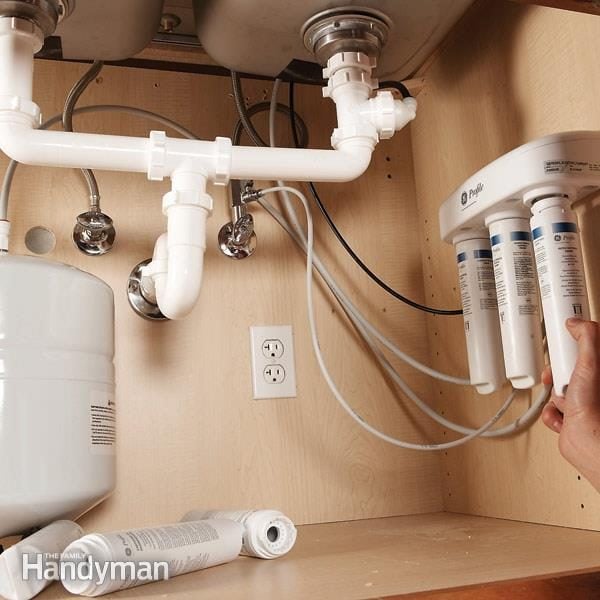
Maintenance of Reverse Osmosis Filter
Reverse osmosis (RO) filtration systems are becoming increasingly popular for home water filtration. While they are relatively easy to install, regular maintenance is essential to ensure optimal performance and a long lifespan. Maintaining an RO filter requires periodic replacement of components, cleaning of the system, and flushing of the membrane. Here, we discuss how to maintain your reverse osmosis filter, as well as some tips for keeping it running efficiently.
For starters, it is important to ensure that the filter components are replaced regularly. Depending on the type of filter, this could be as often as every six months or as little as once a year. It is also important to periodically clean the system to remove any debris or build-up that may have accumulated. This can be done with a soft cloth and a mild detergent. Finally, it is recommended to flush the membrane with a cleaning solution every three months or so to prevent clogging.
In addition to these maintenance steps, there are also some simple things you can do to keep your RO filter running efficiently. Make sure to clean the filter housing regularly and check for leaks. Additionally, check the pressure gauge monthly and ensure the filter is not operating at too high a pressure. Finally, keep the area around the filter clean and free of dust and debris.
By following these maintenance steps, you can ensure that your reverse osmosis filter is running at its best and providing you with clean, filtered water.
Troubleshooting Installation Issues
Reverse osmosis (RO) systems are a great way to get clean, drinkable water for your home. However, if you’re looking to install one yourself, there are a few things to keep in mind. Troubleshooting installation issues can be the most challenging part of the process. To ensure a successful installation, it’s important to have a basic understanding of the system components.
Before beginning the installation process, make sure you have all the necessary equipment and components. Check your filter to ensure it is compatible with your water system. Consider purchasing a water pressure gauge to test the incoming water pressure. Additionally, make sure you have the correct tools and supplies to complete the installation.
If you run into any issues during the installation, consult the manufacturer’s instructions. Pay particular attention to the section on troubleshooting. If the instructions aren’t clear, don’t hesitate to reach out to the manufacturer for help. They will likely be able to provide you with additional guidance.
If you’re still having difficulty, don’t be afraid to contact a professional. A qualified contractor can help you diagnose and solve any issues you’re having. They can also provide advice and tips to make the installation process easier.
Installing a reverse osmosis system can be a daunting task. However, with the right tools, knowledge, and preparation, it’s possible to do it yourself. Just make sure to troubleshoot any installation issues that arise and get help from an expert if needed.
Alternative Installation Methods
Installing a reverse osmosis filter can be a daunting task for many homeowners. Fortunately, there are alternative methods available that can make the process easier and more efficient. Professional installation is one option, but there are also DIY kits that allow you to install the system yourself.
For those who opt for a DIY installation, there are several steps that must be followed to ensure the system is installed correctly. The first step is to determine what size and type of filter will best meet your needs. This will depend on the type of water you’re trying to filter, as different filters are better suited for different types of water.
Once you have the right filter, the next step is to install the filter. This typically involves connecting the filter to your home’s main water line, as well as the drain and other necessary components. It’s important to make sure the installation is done correctly, as a poor installation can lead to inefficient filtration or even damage to the system.
Finally, you’ll need to do regular maintenance on your reverse osmosis filter. This includes changing the filter cartridges, cleaning and inspecting the system, and checking for any leaks. Doing regular maintenance will ensure that your system is working efficiently and that you get the optimal amount of water filtration.
In conclusion, installing a reverse osmosis filter isn’t as difficult as it may seem. With the right tools and knowledge, you can install the filter yourself, or you can opt to have it professionally installed. Either way, regular maintenance will help ensure that your system is working efficiently and that you get the best possible water filtration.
Cost Considerations
Installing a reverse osmosis (RO) filter is a great way to provide you with clean, fresh drinking water. But before you decide to install one, there are a few cost considerations you should take into account. Labor costs associated with installing an RO system can be substantial. Depending on the complexity of the installation, you may need to hire a professional to do the job. Additionally, the cost of the RO system itself can vary widely, with higher-end systems being more expensive but often providing superior performance. You will also need to factor in the cost of replacement parts and filters.
When deciding whether to install a reverse osmosis filter, it is important to do your research and weigh the costs and benefits carefully. Consider the cost of professional installation as well as the cost of the system itself. Additionally, be sure to do your homework on the quality and performance of each system you are considering and factor in the cost of future maintenance and replacement parts. With the right information and research, you can make an informed decision that will ensure you get the best RO system for your needs.
Conclusion
Installing a reverse osmosis filter by yourself is possible, but it is a complex task and requires some knowledge of water filtration systems and basic plumbing skills. If you have the necessary skills and knowledge, then you can save money by installing the filter yourself. However, if the task is too complex or you lack the knowledge or skills, it is best to hire a professional plumber to install the filter for you.
